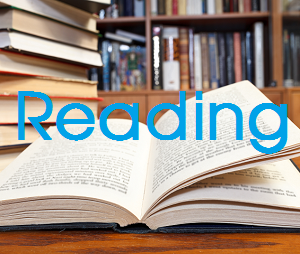Homographs, Heteronyms & Homophones
Homographs are words that are spelled the same, but have more than one meanings (e.g., bat – the animal – and bat – used for hitting). If the word is also pronounced differently, it is a heteronym. Often heteronyms are … Continued



